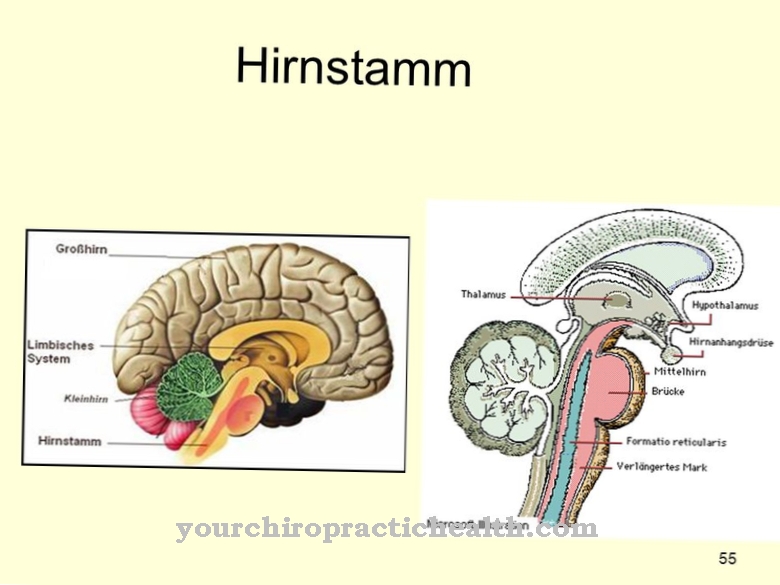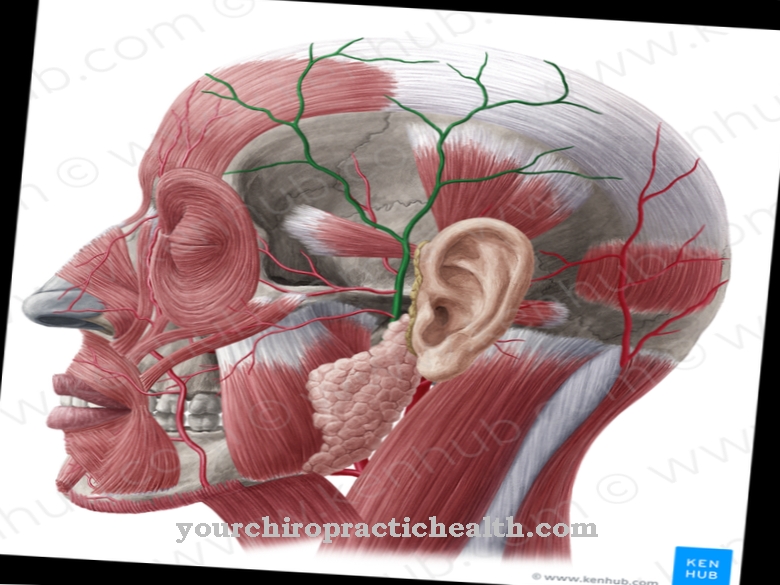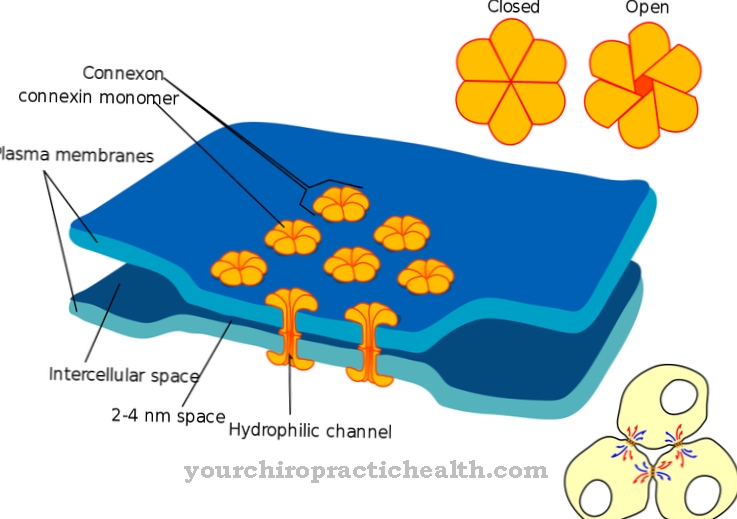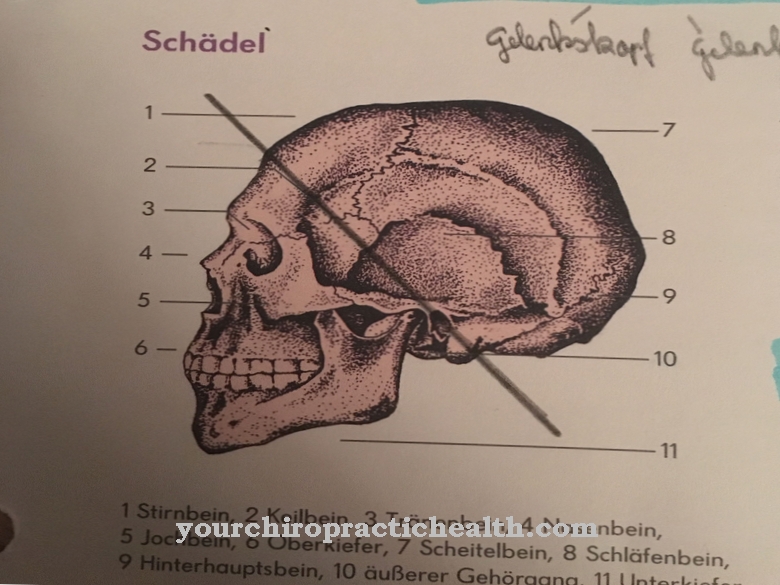As Papillary muscles are small conical, inwardly directed, muscle elevations of the ventricular muscles. They are connected to the edges of the leaflet valves with branching tendon threads, which act as passive check valves to regulate the flow of blood from the left atrium into the left and right ventricles. Immediately before the ventricular contraction phase, the papillary muscles tighten, thereby tightening the tendon threads that prevent the leaflet valves from penetrating into the atria.
What is the papillary muscle?
Small, conical, inward-pointing elevations in the ventricular muscles are called papillary muscles. There are three papillary muscles in the right ventricle and two in the left ventricle. They are connected to the edges of two leaflets of the leaflets via branching tendon threads (Chordae tendineae). The leaflet valves act as passive check valves and establish the connection between the atrium and the chamber (ventricle). They ensure the proper flow of blood from the atria to the ventricles and prevent blood from flowing back into the atria during the contraction of the ventricular muscles (systole).
The leaflet valve of the left heart (mitral valve or bicuspid valve) has two leaflets, while the leaflet valve of the right heart (tricuspid valve) has three leaflets. The papillary muscles contract slightly during the tension phase of the ventricular muscles and thus tighten the tendon threads, so that the cusps of the two tendon valves are prevented from penetrating into the atria during the pressure build-up in the chambers.
Anatomy & structure
In the right ventricle there are usually 3 papillary muscles, which can be recognized as small conical cusps protruding into the ventricular space. Often 4 to 5 papillary muscles can also be seen in the right ventricle, without this being a pathological finding. The papillary muscles arise in the right ventricle partly from the septum of the ventricles (septum) and partly from the anterior chamber wall.
In the left ventricle there are 2 stronger papillary muscles, each of which arises from the anterior and posterior ventricular wall. Unlike the papillary muscles of the right ventricle, the papillary muscles of the left ventricle never arise from the septum.
Since the papillary muscles develop from the ventricular walls or from the septum, their anatomical structure is very similar to that of the ventricular walls. The myocardium, interspersed with muscle cells, makes up the main part of the papillary muscles. The endocardium joins inward. Tiny lymphatic vessels in the myocardium of the papillary muscles can also be identified, which are connected to lymphatic collection vessels outside the pericardium.
The chordae tendineae arise at the tips of the papillary muscles. These are very strong and relatively stiff tendon threads, which have grown together with their branched free ends with the edges of the leaflet valves.
Function & tasks
The two leaflet valves, the mitral valve in the left heart and the tricuspid valve in the right heart, each form the entrance port to the left and right ventricle. The two passages between the atria and the chambers show a relatively large cross-section, since the blood has to be transported from the atria into the chambers in a few hundred milliseconds during the relaxation phase of the chambers (diastole).
Between the largest possible cross-section of the opening and the lightest possible construction of the leaflet valves, there is the difficulty that light and therefore thin leaflets may not be able to withstand the pressure during systole when closed and are pushed through into the respective atrium, so that blood from the chambers again would be pumped back into the atria. Evolution has developed an ingenious aid to avoid this problem. The thin cusps of the leaflet valves are "held" at their edges by the chordae tendineae so that they cannot be pushed into the atrium.
The main task and function of the papillary muscles is to support this process by contraction. At the beginning of the systolic contraction phase of the ventricular muscles, the papillary muscles contract, so that the tendon threads tighten and the cusps of the mitral and tricuspid valves are tightened. They cannot then be pushed into the left or right atrium. From a physical point of view, this transforms the bending forces that are exerted on the leaflet flaps into tensile forces, which the leaflets, which are made up of collagenous proteins, can withstand much more easily.
Diseases
One of the most common diseases and problems is tearing off a papillary muscle (papillary muscle rupture). A tear is usually associated with a myocardial infarction (heart attack), which leads to degradation or necrosis of the tissue from which the corresponding papillary muscle originates. The muscle then no longer finds sufficient support at its base. This means that the papillary muscle in question shows a reduction in function up to a complete loss of function.
The tendon threads that arise from the corresponding papillary muscle can no longer tighten. This often leads to mitral valve regurgitation with varying degrees of severity or to prolapse, the corresponding leaflet valve being pushed through into the atrium, which is usually associated with a serious course.
The rupture of a papillary muscle occurs most frequently on the left posterior heart muscle, so that the mitral valve in the left heart is directly affected. A papillary muscle tear in the right ventricle is observed much less often. This means that the tricuspid valve in the right ventricle is also affected much less often by this type of insufficiency or by a prolapse.
Heart attacks caused by an occlusion of an artery directly in the papillary muscles are also associated with similar symptoms.
























.jpg)



